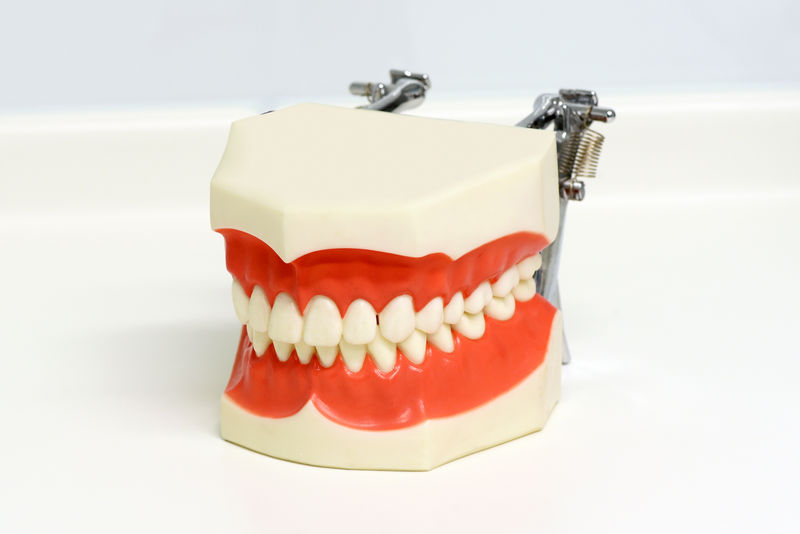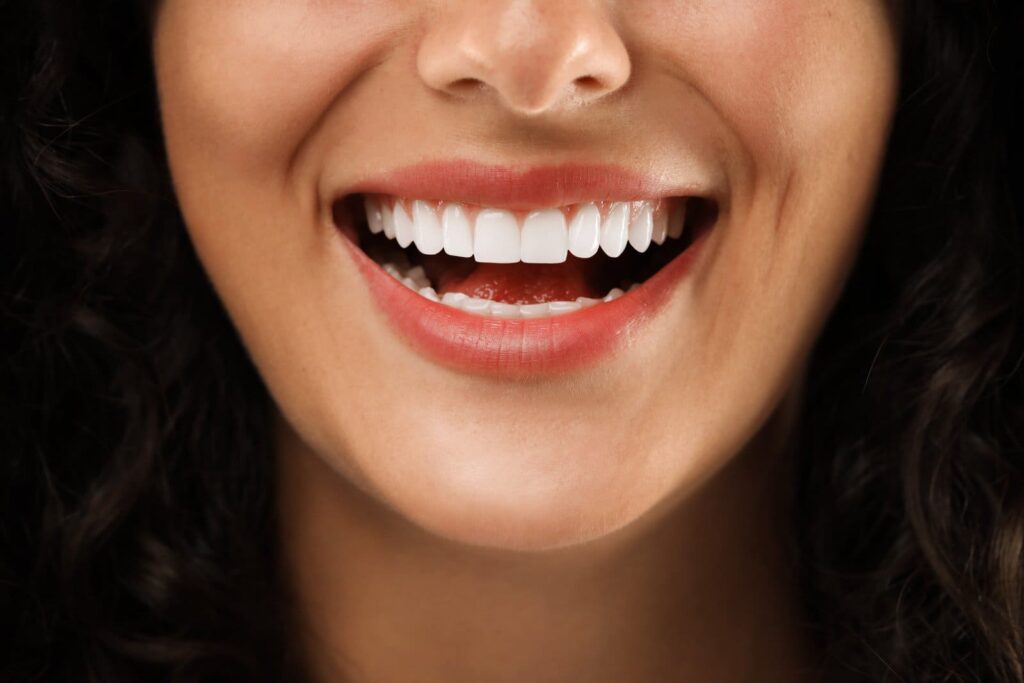
Beyond keeping your teeth bright, shiny and healthy with daily brushing and flossing, you probably don’t think much about them. The specifics of how your teeth grow, what each does, what they’re made of… at the end of the day, does it really matter? But in fact, it’s quite beneficial to understand the specifics of what’s going on with those pearly whites: knowing the value of each tooth can help to enforce the importance of keeping them healthy and happy for the long-haul. So, ready to know what’s going on with those chompers?
Functionally, human beings all have four types of teeth: these are the incisors, canines, premolars, and molars. Our teeth each serve a unique function, and they come along into our lives (and our mouths!) at different times. Yet their composition is the same – all teeth have enamel, dentin, cementum, and pulp. Enamel is the bright shiny exterior that we see when we look at a tooth – enamel is stronger even than bone and protects the interior of the toot. That’s why it’s so vital to keep enamel strong with regular brushing, and by avoiding refined sugars, smoking, and other damaging habits that can erode the enamel over time. Beneath the enamel is the dentin – a layer not quite so hard as enamel and vulnerable to decay (all the more reason to keep enamel exceptionally strong). The cementum covers the root of the tooth – keeping gums healthy is the surest way to protect your cementum. Finally, the pulp of the tooth makes up its innermost part – this is where nerve endings deliver pain signals to your tooth, and blood vessels deliver nutrients.

All four types of teeth will have these four components, but beyond that, our teeth are each entirely different! As soon as 6 months old, we develop our first set of incisors, the front eight teeth in the mouth (four on top, four on bottom). Incisors are our biters – we’ll use these to take bites of food (but not to chew it up – that’s another tooth type). We also have four canines – these we use to rip and tear food. Canines are our sharpest teeth and they’re found to the sides of the incisors (they’re our fangs!). These will appear first between the ages of 16 and 20 months, and then after we lose our baby teeth, we’ll get these again between ages 9 and 12.
Our premolars (or bicuspids) are our chewers – these flatter, broader teeth work and grind our food down so that we can swallow it. We’ve got four premolars – two on top and two on the bottom on either side of the mouth, and we get these with our adult set of teeth around the age of 10 (we never get premolars as part of our baby teeth!). Finally, the molars help us further grind and chew our food. These are the largest teeth, set farthest back in our jaw.
If you’re one of the “lucky” few, you may also have a fifth kind of tooth: the third molar, or “wisdom tooth.” Wisdom teeth don’t erupt for everyone, but if they do, you will see them between the adult ages of 18 and 20. You might also need to remove them – wisdom teeth can cause crowding in the mouth, pushing other teeth out of position over time and affecting our smile. But whether you get wisdom teeth or not, your teeth each serve a unique function and need to be cared for. Let the talented, thoughtful folks at Absolute Smile help you protect these incredible chompers and learn more about the dental services available to you from the premier dental care provider in Philadelphia.






